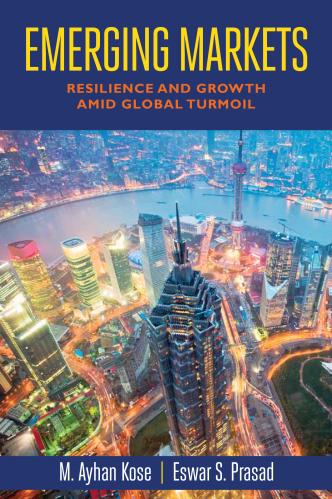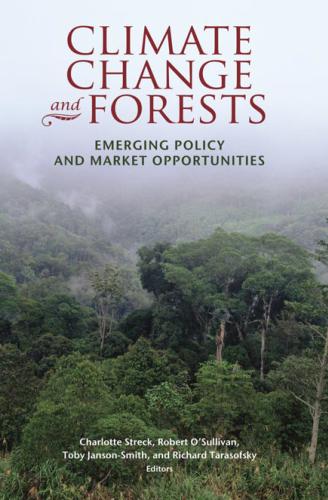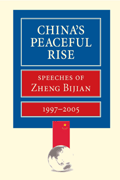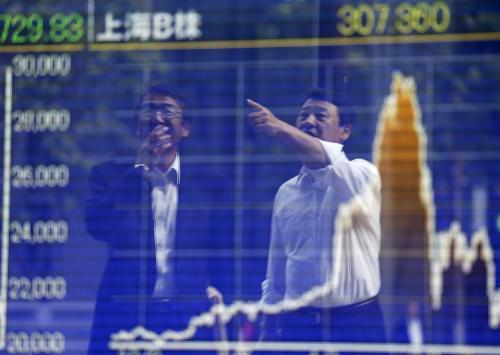Global economic growth is gaining momentum. After plodding at the slowest pace since the 2007-2009 financial crisis in 2016, global growth is expected to accelerate to a 2.7 percent pace this year and 2.9 percent over 2018-19. And while better economic news from the major advanced economies has been getting attention, what has been overlooked is that the main drivers of this anticipated pickup are the seven largest emerging market economies—call them the Emerging Market Seven, or EM7.
This group—China, Russia, India, Brazil, Turkey, Mexico, and Indonesia—is expected to deliver roughly half of global growth in 2019. In contrast, the Group of Seven (G-7) major advanced economies—France, German, Italy, Japan, the United Kingdom, and the United States—will account for a more modest 25 percent of the expansion.
Growth prospects: It depends
Where did this acceleration come from? The EM7 slowed sharply after 2010. Now, in spite of a moderate slowdown in China, Brazil, and Russia are expected to emerge from recession, India is forecast to continue expanding at a robust 7 percent-plus clip, and other EM7 economies are on track to register higher growth as well. As a group, growth in the EM7 should speed to 4.8 percent this year and rise to 5.2 percent in 2019.
By contrast, the outlook for the venerable G-7 is tepid. To be sure, labor markets have been improving and activity has been gaining traction—welcome developments that will contribute substantially to the improved global outlook. But even so, G-7 growth is expected to moderate from 1.7 percent in 2017 to 1.5 percent in 2019, as central banks in some of these economies normalize ultra-easy monetary policies and as labor markets adjust. A sustained global expansion will depend, in large part, on momentum generated by the EM7.
G-7, meet the EM7
In some ways, the EM7 group resembles the G-7. Over 2010-2016, the EM7 accounted for 80 percent of the total output of all emerging economies, just as the G-7 were responsible for 80 percent of the output of advanced economies. The largest economy in each bloc—China in the EM7 and the U.S. in the G-7—produces half of its group’s output.
But the groups are following different trajectories. The EM7 have steadily expanded their contribution to global economic activity over the past quarter century. Not only is their share of global growth expanding while that of the G-7 shrinks, their portion of global trade has doubled over the period 1990-2016. An important upshot of this is that cross-border linkages among the EM7 and other emerging market and developing economies have strengthened.
The EM7 have also been playing an increasingly more important role in global commodity markets. China is the world’s largest customer of some commodities, such as coal and metals. Brazil, Russia, and Indonesia are major commodity producers. This makes commodity markets an important conduit for transmitting growth spillovers.
Rising EM7 growth provides sizeable benefits not just to other emerging markets, but to the global economy as a whole: A 1 percentage point increase in EM7 growth is associated with a 0.9 percentage point expansion in growth in other emerging market and developing economies and a 0.6 percentage point increase in global growth at the end of three years. Given its size, China produces the most substantial cross-border growth benefits.
Keeping the momentum: Easier said than done
The EM7 group is poised to deliver better growth outcomes—but there are no guarantees. The global economic outlook is clouded by risks from rising trade protectionism and elevated policy uncertainty. Members of the EM7 must each confront difficult domestic challenges: China needs to strike a delicate balance between policies that support growth and financial regulation. India must maintain its reform push to deliver high growth. Other EM7 economies need to strengthen policy frameworks to reduce vulnerabilities and improve long-term growth prospects.
This is a tall order for the EM7. If they keep up the momentum, the fruits of a durable recovery among them offer tantalizing possibilities, not just for other emerging and developing economies, but for the global economy as well. This is a momentum well worth sustaining.









Commentary
Big emerging market economies versus the G-7: Which group will drive the upswing in global growth?
July 14, 2017